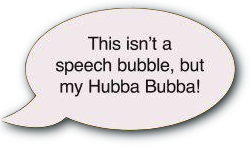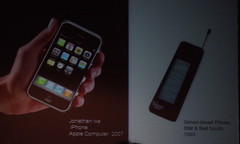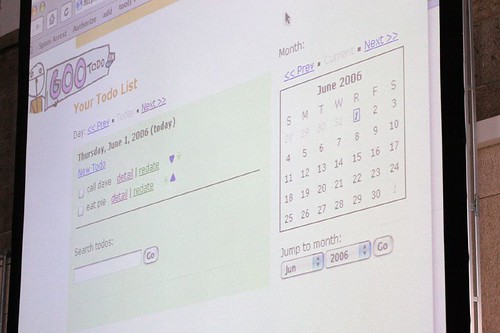One Year Oracle SocialChat from mprove on Vimeo.
You’ve just watched – hopefully – my first short movie. Thank you! Here is a bit of the back stage story.
About 6 weeks ago colleagues from SNBC (Social Network and Business Collaboration) announced a Social Use Case Competition. It was expected to submit a video of 2 to 5 minutes duration on the Social Enterprise (our internal phrase for Enterprise 2.0). Hmm – I had a few vague ideas, but no script – no actors – no experience in film making. Really the best conditions to try something!
I chose our weekly SocialChats as my main topic. But if you don’t do Danish Dogma cinema, you still need a script. Hence I played around with the SocialChat’s archive, and all of a sudden a script and even the actors appeared in front of me. The words that you have just seen are weekly topics. Slightly abridged and rearranged to form a story.
Exciting, next phase. How to get it on digital celluloid? I have to confess I am still impressed by epic. (Keep in mind, epic was done in 2004.) And my actors – words – call for a typographic style already. The main part was done over a weekend with Apple Keynote. And I even found a wonderful matching soundtrack among my albums: Didge Goes World by Delago. I picked parts of Second Day and Seventh Day. Literally, the rhythm was set, and I “just” had to complete the movie. Tools used – apart from trial and error: Keynote, Pixelmator, GarageBand, iMovie.
Finally I want to mention that I am extremely thankful to BSC Music for granting permissions to use the tracks for this short film! Without this sound it would have been just an ordinary slide show.

 Efficiency of Enterprise 2.0 tools. This was the subject we discussed in our SocialChat today. Read my tweets below (top down):
Efficiency of Enterprise 2.0 tools. This was the subject we discussed in our SocialChat today. Read my tweets below (top down): This SocialChat touches the heart of Enterprise 2.0: Why is it challenging to share best practice? Once again, we had an interesting crowd together exchanging ideas at our internal microblogging channel. Read my share top down:
This SocialChat touches the heart of Enterprise 2.0: Why is it challenging to share best practice? Once again, we had an interesting crowd together exchanging ideas at our internal microblogging channel. Read my share top down: You can ask the oracle about The Next Big Thing. Or you can listen to the tweets of a guy at Oracle thinking about The Next Big Thing at one of our
You can ask the oracle about The Next Big Thing. Or you can listen to the tweets of a guy at Oracle thinking about The Next Big Thing at one of our 
 If you are no longer suffering under
If you are no longer suffering under 